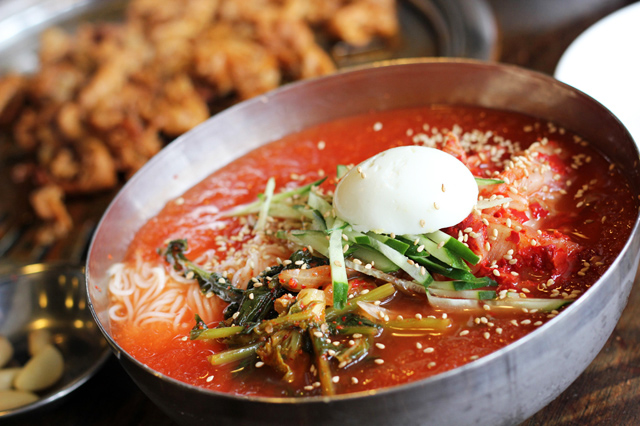by REERA YOO | @reeraboo
editor@charactermedia.com
South Koreans apparently cook the least while Italians are the most passionate about food and cooking, according to a survey conducted by market research firm GfK.
The firm asked more than 27,000 people across 22 countries about how knowledgeable, experienced and passionate they are about food and cooking as well as how many hours they spend in the kitchen every week.
India and Ukraine easily topped the poll for spending the most time pottering in the kitchen per week, with an average of about 13 hours cooking. South Africa trailed in third place with an average of 9.5 hours, followed by Indonesia with an average of eight hours and Italy just topping seven hours.
Meanwhile, South Korea landed at the very bottom of the poll, with its respondents spending less than four hours per week cooking for themselves.
How is this possible? Well, South Korea is renowned for its accessible and affordable street food. Whether you’re craving ddukbokgi (spicy rice cakes), dakkochi (a skewer of grilled chicken and vegetables) or a corn dog lathered in tater tots, there’s a food stall for every snacking crave. South Korean supermarkets also hand out large amounts of samples to shoppers and convenience stores are stocked with shelves of ready-made food, such as ramen, meat buns and rice balls.
The international cooking average is reported to be just under six and a half hours per week.
When GfK asked survey participants how passionate they are about food and cooking, Italians seemed to be the most zealous foodies, with 43 percent saying that cooking is a personal passion. South Africa, Indonesia, Mexico and India trailed closely behind them on the poll.
South Korea again claimed last place on the poll, at just 13 percent.
Now, if there was a survey that ranked countries by their passion for eating, there’s a possibility that South Korea would rank a few spots above the bottom of the food chain.
___
Featured image via Migrationology.com






